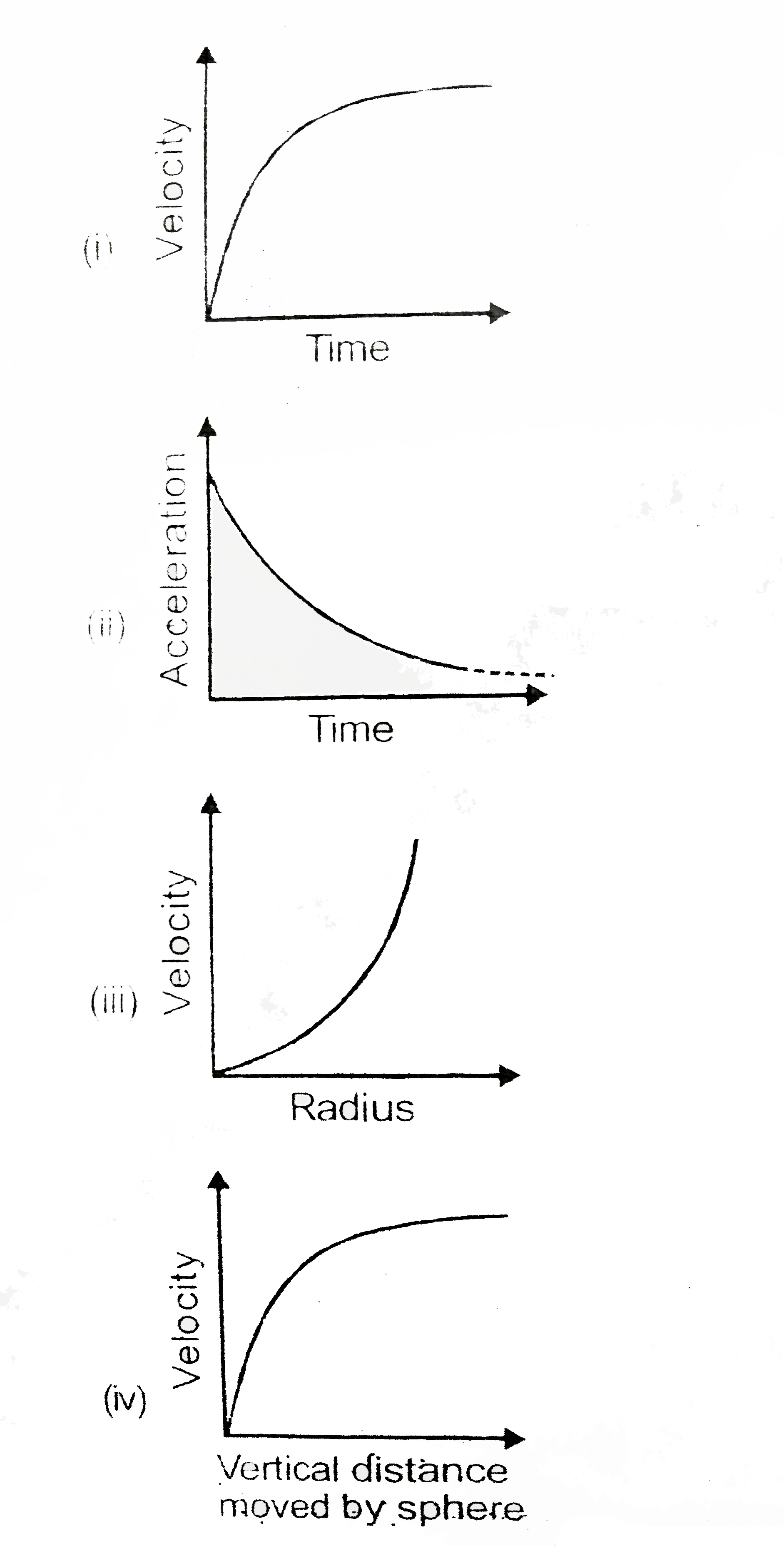Some liquid is taken in an evacuted vessel and the vessel is seated. Which of the following graph will correctly represent the achievement of equilibrium of liquid with its vapour at constant temperature? [rc= rate of vaporation rc= rate of condensation]
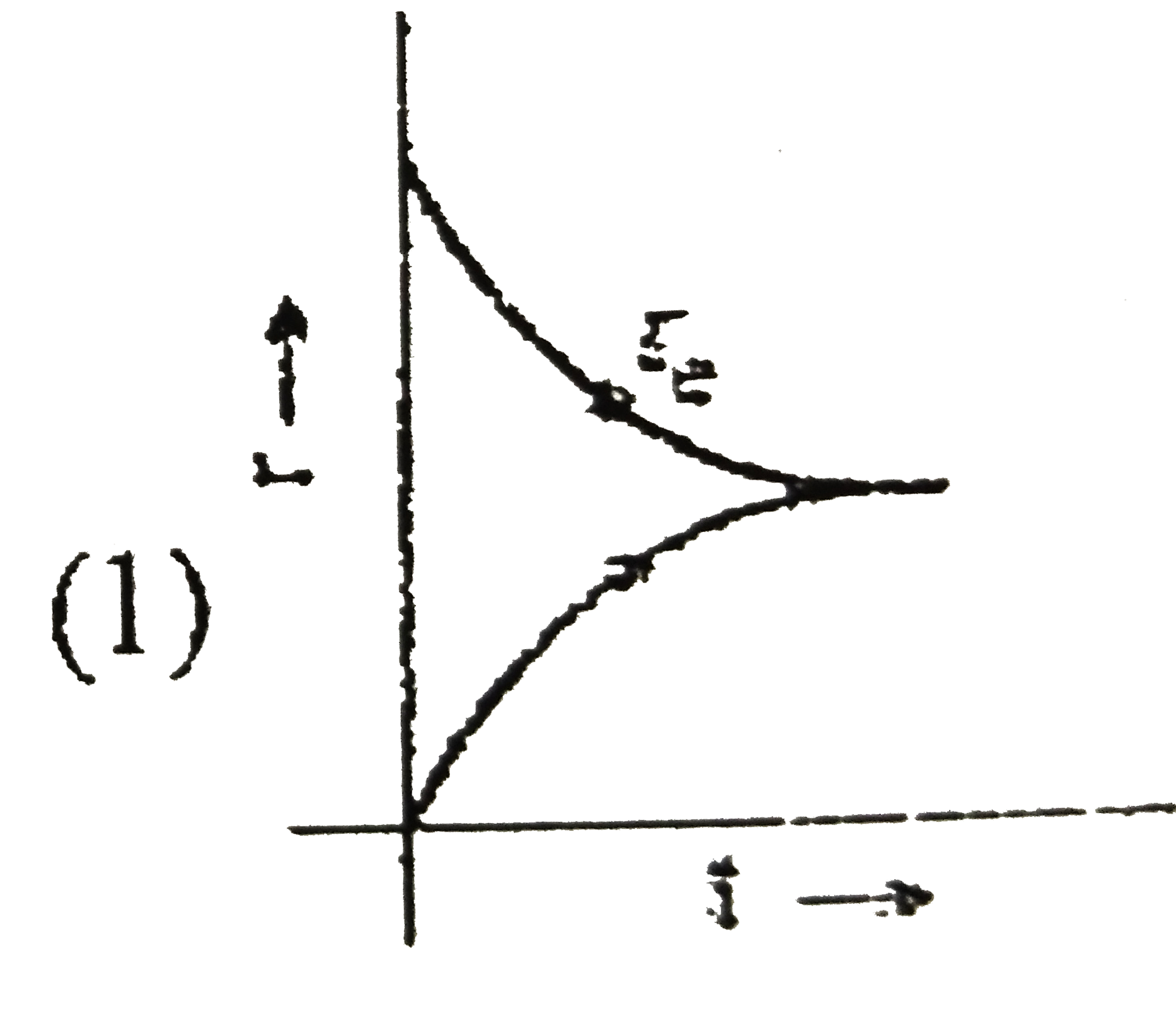
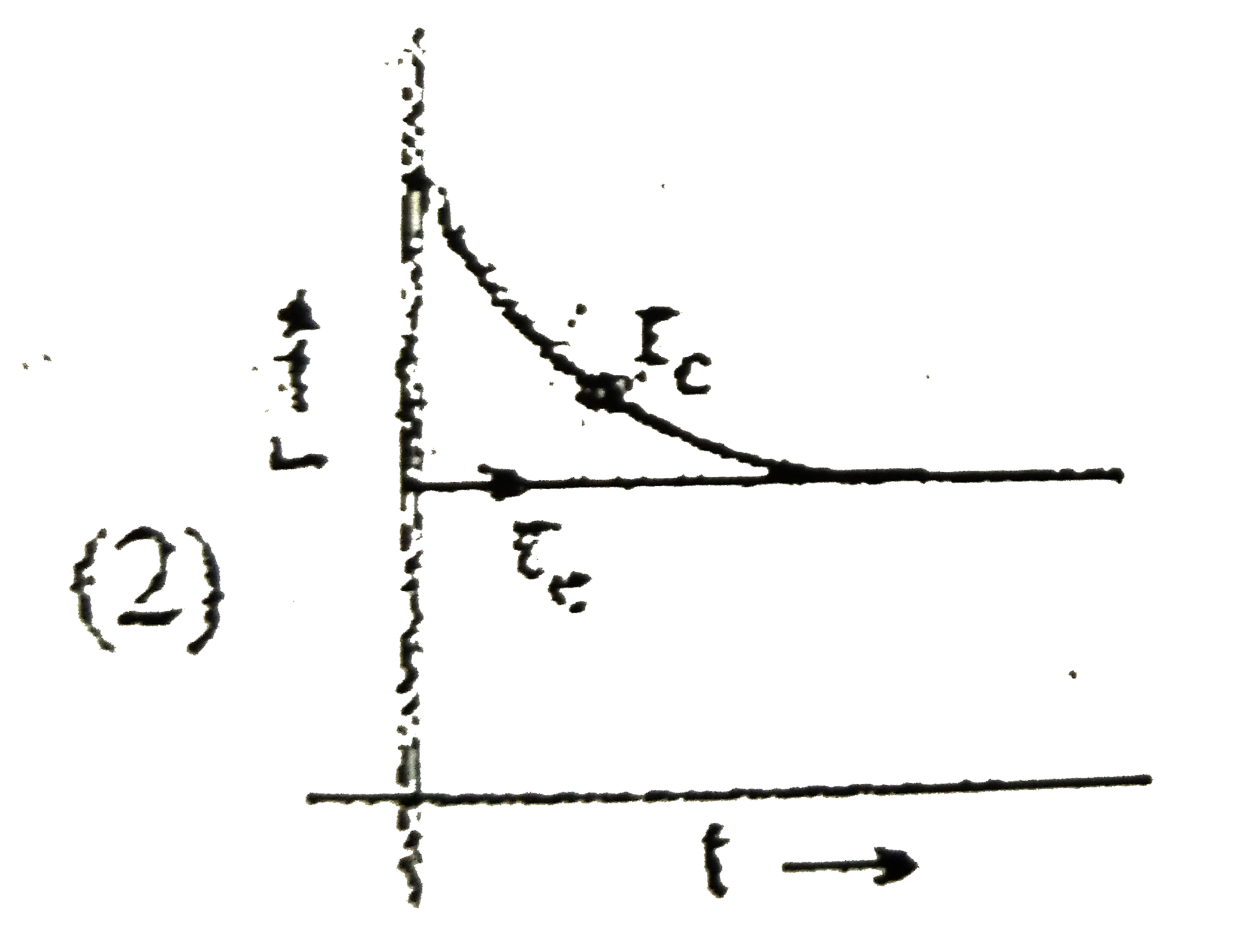

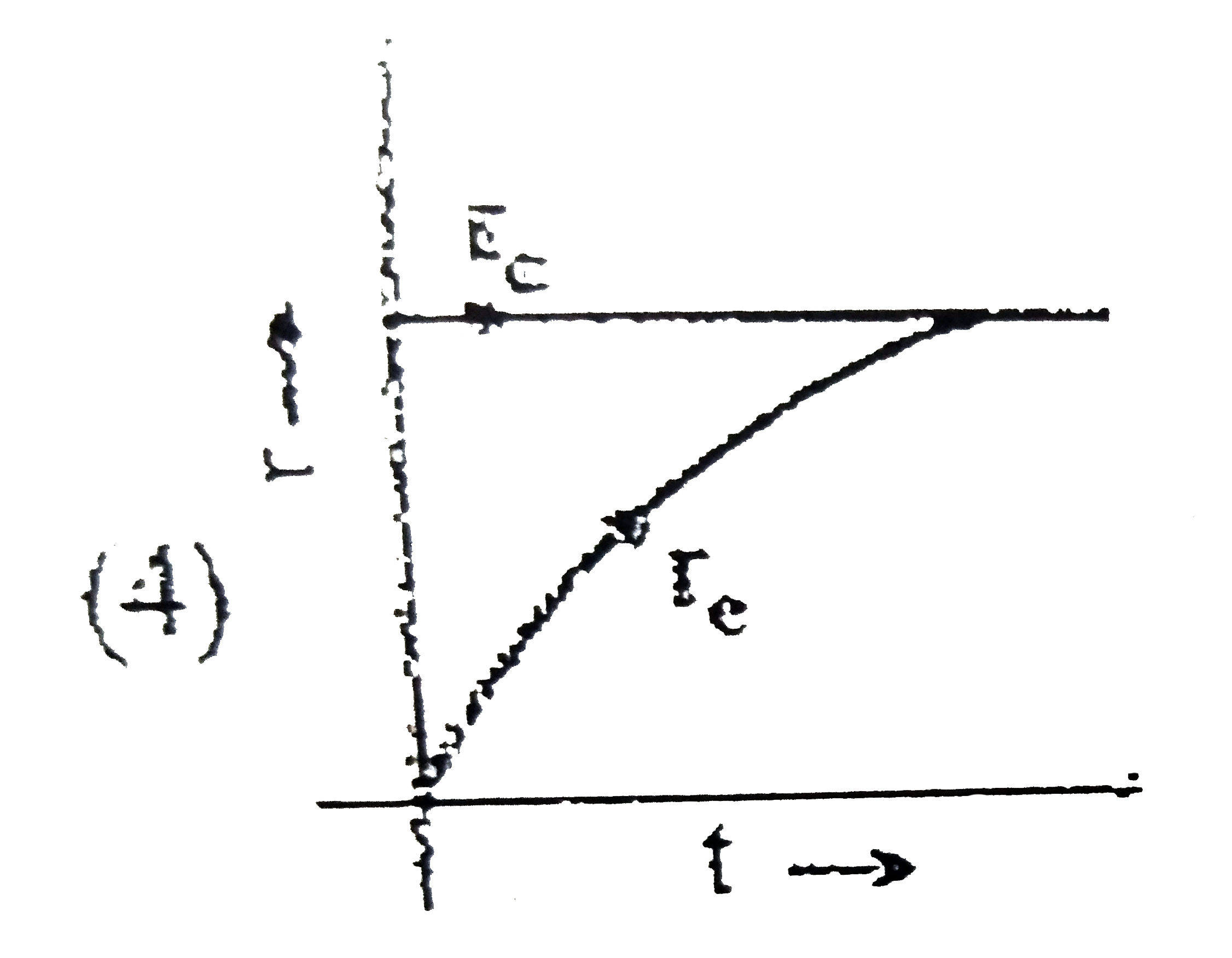
A(l)⇔A(g)
rexpreation= constant
rconderation= increases till equilibrium.
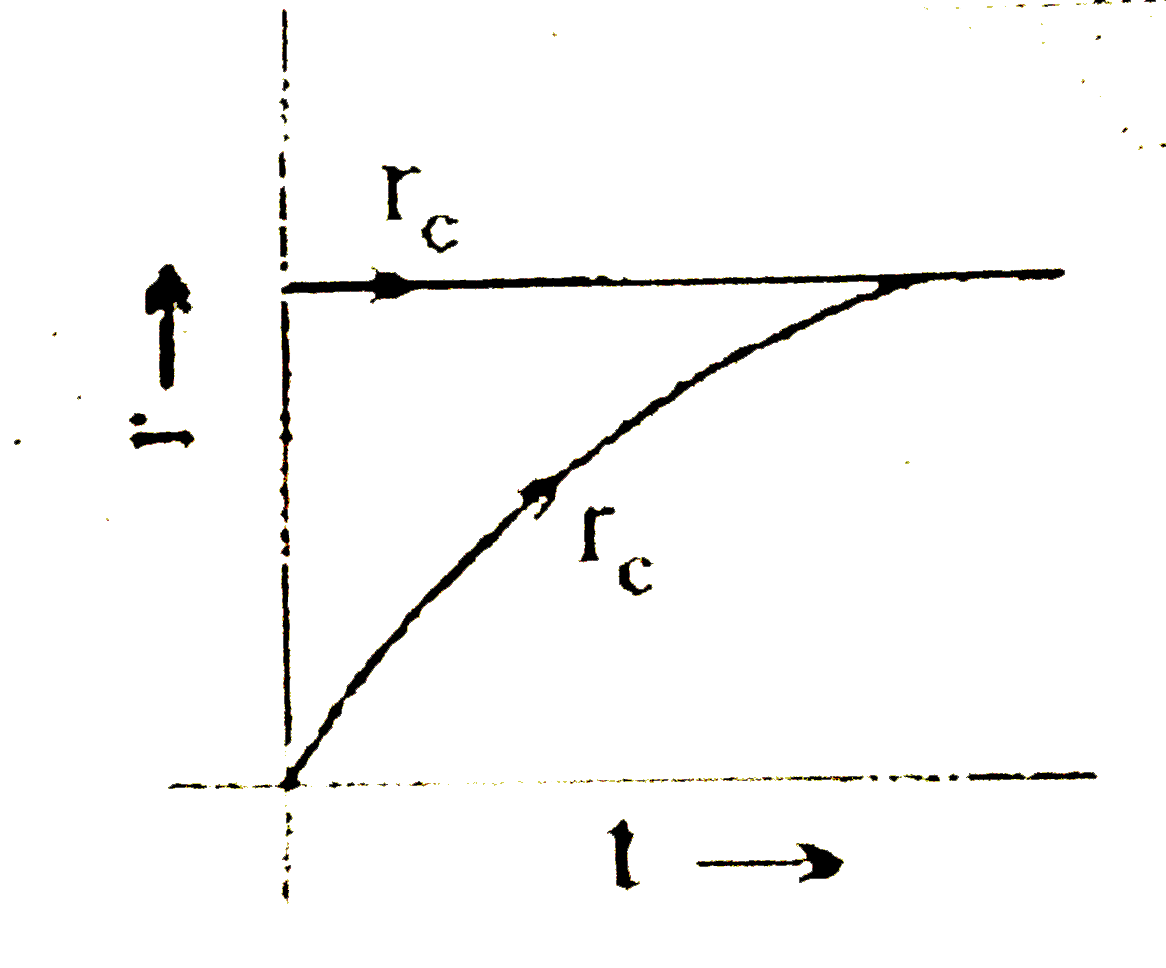
Topper's Solved these Questions
- BOOK - BANSALCHAPTER - TEST PAPERSEXERCISE - CHEMISTRY PART (A)14videos
TEST PAPERS
- BOOK - BANSALCHAPTER - TEST PAPERSEXERCISE - CHEMISTRY PART (B)1videos
TEST PAPERS
- BOOK - BANSALCHAPTER - TEST PAPERSEXERCISE - Chemistry PART D4videos
TEST PAPERS
- BOOK - BANSALCHAPTER - SOLUTIONSEXERCISE - Exercise432videos
SOLUTIONS
- BOOK - BANSALCHAPTER - THERMOCHEMISTRYEXERCISE - Exercise 415videos
THERMOCHEMISTRY
Similar Questions
Knowledge Check
- Question 1 - Select One
Which of the following correctly represents the relationship between.
A Metal
B Glass
C VesselsA B
B C
C D
D
- Question 2 - Select One or More
Which of the following is(are) true for real gases? (C represents some constant value of R represents molar gas constant).
Alimp→0(pV)=C at constant temperatureBlimV→0(pV)=Cs at constant temperatureClimP→0(pVRT)=1DlimV→0(pVRT)=R - Question 3 - Select One
Liquid oxygen at 50K is heated to 300K at constant pressure of 1atm. The rate of heating is constant. Which of the following graphs represents the variation of temperature with time?
A B
B C
C D
D
Which one of the following given graphs represents the variation of rate constant (k) with temperature (t) for an endothermic reaction ?
View SolutionWhich one of the following given graphs represents the variation of rate constant (k) with temperature (f) for an endothermic reaction ?
View SolutionLiquid oxygen at 50K is heated to 300K at constant pressure of 1atm. The rate of heating is constant. Which of the following graphs represents the variation of temperature with time?
View SolutionLiquid oxygen at 50K is heated to 300K at constant pressure of 1atm. The rate of heating is constant. Which of the following graphs represents the variation of temperature with time?
View SolutionWhich of the following relation is correct for a first order reaction?
(K=rate constant, r=rate of reaction, c = cone, of reactant)View Solution


